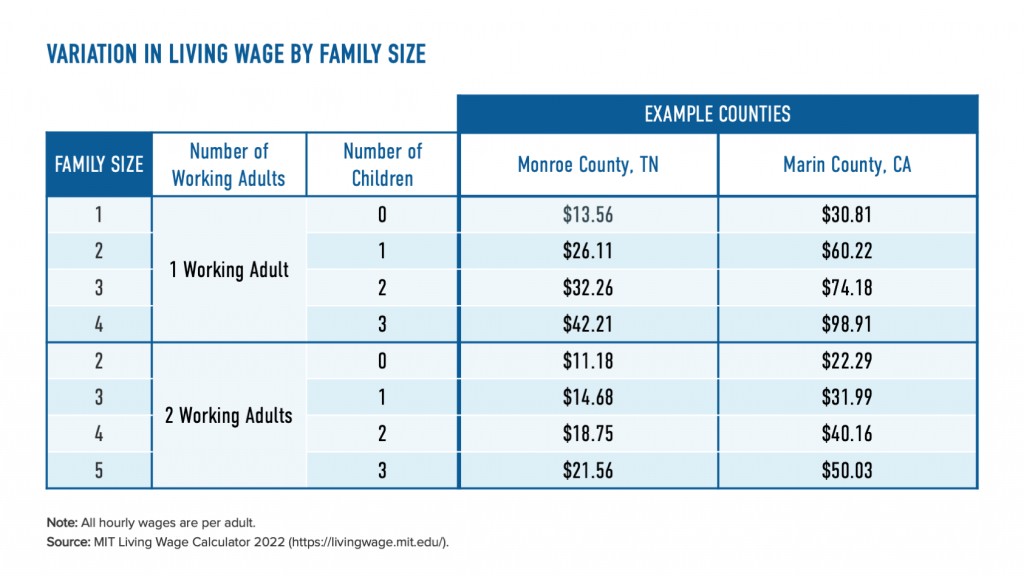
A new report reveals a concerning financial reality for American workers as they grapple with rising costs and stagnant wages. According to Resume Now's 2025 Wage Reality Report, 73% of workers are struggling to afford anything beyond their basic living expenses.
The study, which surveyed over 1,000 workers, paints a stark picture of financial strain: 12% of respondents report they cannot consistently cover basic living costs, while 24% face ongoing challenges paying for essentials. One-third of workers indicate their salaries have failed to keep pace with inflation, and 55% believe they are underpaid.
Workers identified several key factors contributing to their financial stress, including escalating housing costs, higher prices for everyday necessities, and wages that lag behind inflation rates. Many also expressed concern about their inability to build emergency savings or plan for their future.
In response to these challenges, workers are taking various measures to cope. The report found that 29% have relocated to more affordable areas or housing options, while nearly 30% have taken on debt to manage living expenses. Additionally, 44% are actively seeking higher-paying positions, and 17% have resorted to taking second jobs or part-time work to make ends meet.
Keith Spencer, a career expert at Resume Now, suggests this financial pressure could impact workplace dynamics and employee morale. He recommends workers stay informed about industry salary benchmarks and engage in discussions about cost-of-living adjustments.
The report also highlights potential solutions from employers, including enhanced healthcare and retirement benefits, clear career advancement opportunities, and access to educational resources that could boost earning potential.
As the gap between wages and living costs continues to widen, this financial squeeze on American workers highlights broader economic challenges facing the workforce in 2025.